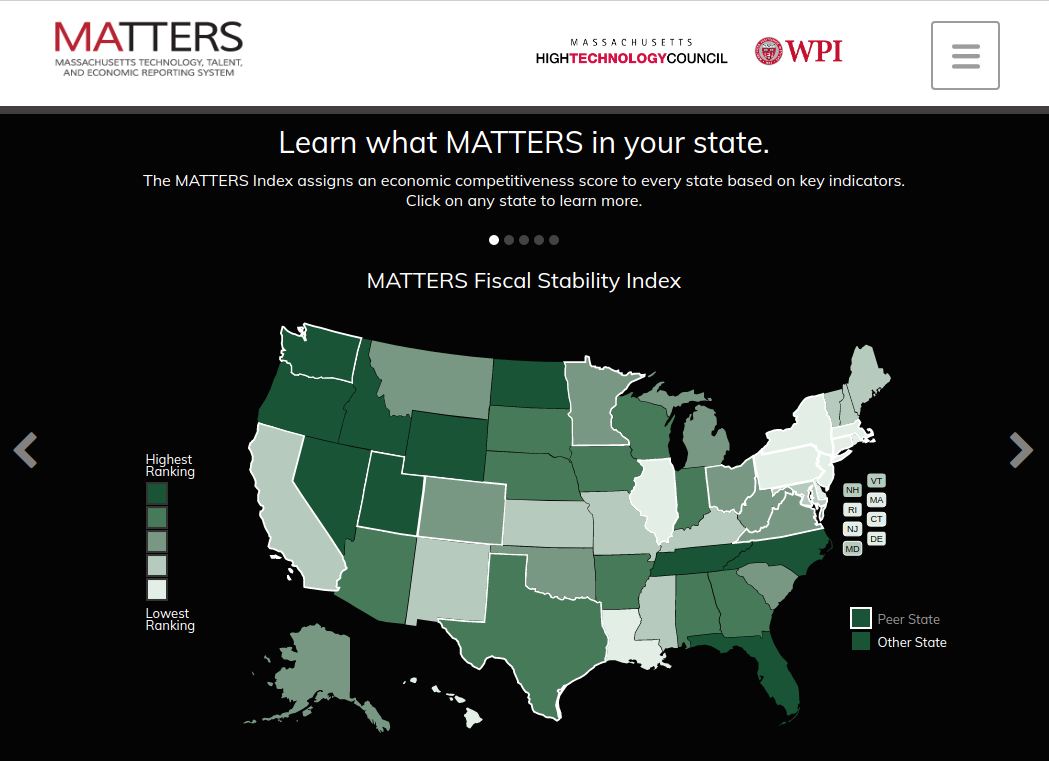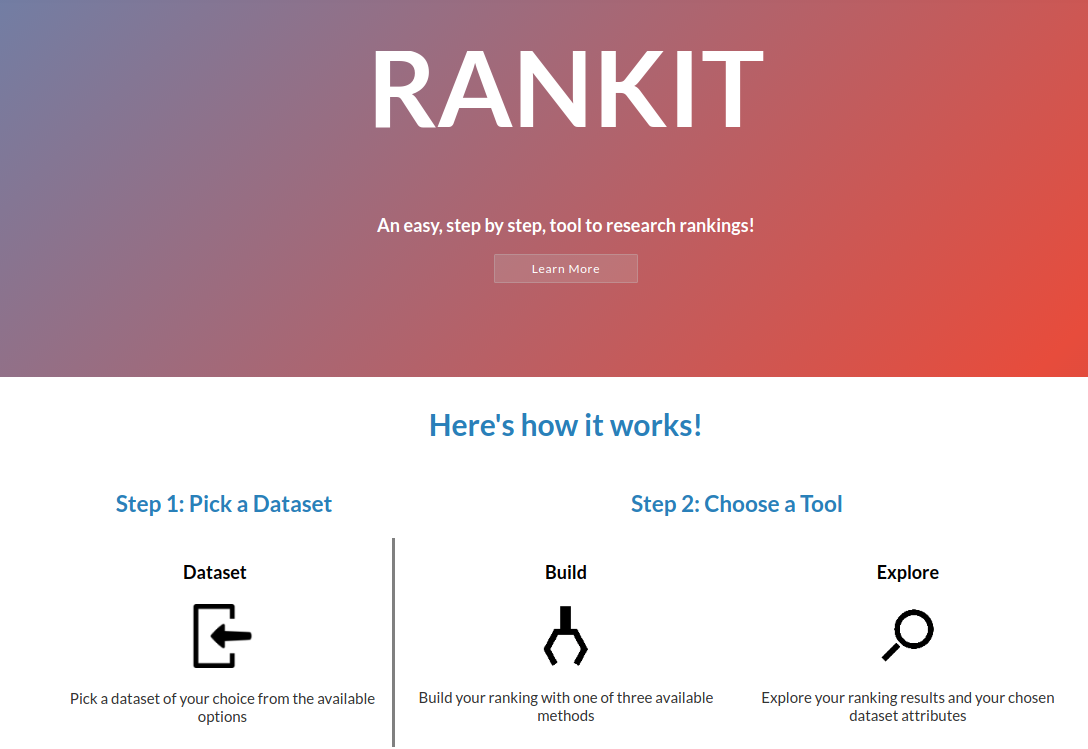Page Not Found
Page not found. Your pixels are in another canvas.
A list of all the posts and pages found on the site. For you robots out there is an XML version available for digesting as well.
Page not found. Your pixels are in another canvas.
About me
This is a page not in th emain menu
Published:
This post will show up by default. To disable scheduling of future posts, edit config.yml and set future: false.
Published:
This is a sample blog post. Lorem ipsum I can’t remember the rest of lorem ipsum and don’t have an internet connection right now. Testing testing testing this blog post. Blog posts are cool.
Published:
This is a sample blog post. Lorem ipsum I can’t remember the rest of lorem ipsum and don’t have an internet connection right now. Testing testing testing this blog post. Blog posts are cool.
Published:
This is a sample blog post. Lorem ipsum I can’t remember the rest of lorem ipsum and don’t have an internet connection right now. Testing testing testing this blog post. Blog posts are cool.
Published:
This is a sample blog post. Lorem ipsum I can’t remember the rest of lorem ipsum and don’t have an internet connection right now. Testing testing testing this blog post. Blog posts are cool.
Massachusetts Technology, Talent, and Economic Reporting System
An easy, step by step, interactive ranking tool. 
Published in ACM Conference on Human Factors in Computing Systems, 2019
Rankings distill a large number of factors into simple comparative models to facilitate complex decision making. Yet key questions remain in the design of mixed-initiative systems for ranking, in particular how best to collect users' preferences to produce high-quality rankings that users trust and employ in the real world. To address this challenge we evaluate the relative merits of three preference collection methods for ranking in a crowdsourced study. We find that with a categorical binning technique, users interact with a large amount of data quickly, organizing information using broad strokes. Alternative interaction modes using pairwise comparisons or sub-lists result in smaller, targeted input from users. We consider how well each interaction mode addresses design goals for interactive ranking systems. Our study indicates that the categorical approach provides the best value-added benefit to users, requiring minimal effort to create sufficient training data for the underlying ranking algorithm.
Recommended citation: Caitlin Kuhlman, Paul-Henry Schoenhagen, MaryAnn VanValkenburg, Diana Doherty, Malika Nurbekova, Goutham Deva, Zarni Phyo, Elke Rundensteiner, Lane Harrison. Evaluating Preference Collection Methods for Interactive Ranking Analytics ACM Conference on Human Factors in Computing Systems (CHI) 2019. https://dl.acm.org/authorize?N673729
Published in The Web Conference, 2019
In this work we propose to broaden the scope of fairness assessment, which heretofore has largely been limited to classification tasks, to include error-based fairness criteria for rankings. Our approach supports three criteria: Rank Equality, Rank Calibration, and Rank Parity, which cover a broad spectrum of fairness considerations from proportional group representation to error rate similarity. The underlying error metrics are formulated to be rank-appropriate, using pairwise discordance to measure prediction error in a model agnostic fashion. Based on this foundation, we then design a fairness auditing mechanism which captures group differences throughout the entire ranking, generating in-depth, nuanced diagnostics. We demonstrate the efficacy of our error metrics using real-world scenarios, exposing trade-offs among fairness criteria and providing guidance in the selection of fair-ranking algorithms.
Recommended citation: Caitlin Kuhlman, MaryAnn VanValkenburg, Elke Rundensteiner. FARE: Diagnostics for Fair Ranking using Pairwise Error Metrics. The Web Conference (WWW) Web and Society track 2019. http://web.cs.wpi.edu/~cakuhlman/publications/fare.pdf
Undergraduate course, University 1, Department, 2014
This is a description of a teaching experience. You can use markdown like any other post.
Workshop, University 1, Department, 2015
This is a description of a teaching experience. You can use markdown like any other post.